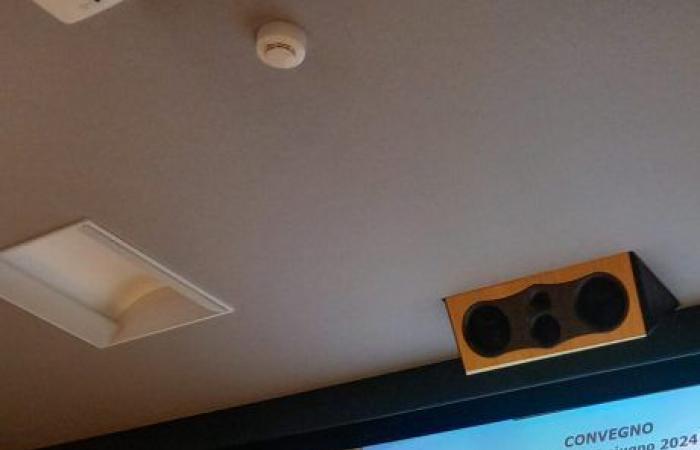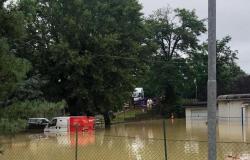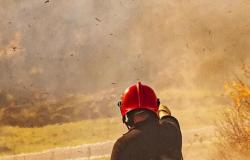Spread scientific knowledge. The CAI Rieti conference achieved its objective
The conference organized by CAI Rieti on 14 June at the Municipal Police Headquarters achieved its objective in the presence of some authorities (Cittaducale Carabinieri Forestry School, Carabinieri Monte Terminillo Station) and very interested, amazed and participatory citizens. After greetings from the President of the CAI section Francesco Battisti and those from Prof. Silvia Proietti, Rector’s contact person for the Third Mission-University of Tuscia, the climate change in which we are immersed and of which there is still little scientific awareness. Prof. Marina Baldi of the CNR-Institute for Bioeconomics and professor of Climatology and Meteorology at the university course of Rieti Mountain Sciences University of Tuscia, explained in a clear, effective and exhaustive way the scenario of the climate crisis from global to local , illustrating with great detail and data the signs of climate change in the Terminillo area, distinguishing climate from weather and describing the ecological crisis linked to global warming caused mainly by human activity. Despite the wealth of observations on the causes, which the majority of the international scientific community identifies in the anthropic footprint, a vaguely denialist question came from a spectator to which the speaker responded with further clarity of scientific information, without getting upset. Above all, you highlighted that what happens on the Mountain does not stay on the mountain, but has repercussions on many aspects that can no longer be ignored. Among these, climate change affects the phenology of ecosystems, a phenomenon that is under the eyes of scientists (and all hikers) and which they call a “lag” between the flowering of alpine herbs and the activities of pollinating insects.
Dr. Ines Millesimi then described a case study which was the central topic of the conference: the sampling methods of microplastics on Monte Terminillo, the discussion and results of the first scientific research carried out on different peaks of the massif. The result of a PhD in Ecology at the University of Tuscia, this study made it possible to collect data and observations on the worrying concentration of microplastics in the snow whose source, for the larger particles, was identified above all in technical clothing, in equipment and in other things that mountaineers and hikers release indirectly (mechanical rubbing, wear) or directly (abandonment of secondary plastics, affixing of stickers or Tibetan flags that degrade on the peaks) into the mountain environment. Added to this are microplastics transported by the wind and coming from various sources. In short, the mountains at high altitude are no longer the pure and uncontaminated environment that they could be before industrial civilization and the introduction of plastic which simplified our lives, leaving a heavy legacy to manage: its own ubiquitous pollution.
On the subject of snow and Terminillo, the doctor in Forestry Sciences Alessandro Mazzilli, snow and avalanche forecaster for the former State Forestry Corps, currently employed in the Fire Brigade and Station Chief of the CNSAS Rieti, carefully illustrated the snow dynamics of Terminillo and the effects on outdoor activities, demonstrating why accidents on snowy terrain are changing on the Rieti massif and in the central Apennines, also due to the metamorphism of the snow cover due to melting and refreezing, an increasingly typical phenomenon on Terminillo. The data he described proved to be in line with what the climatologist stated regarding the snow “accumulations” of the last winter seasons. According to the table of snow depths of Monte Terminillo (MeteoMont station) the 2007/2008 winter season remains the richest in snow compared to the meager scenario of the last season.
It was therefore a useful conference for everyone in the wake of the training objectives of the UN 2030 Agenda, so that urgent measures are adopted to combat the climate crisis and plastic pollution with their consequences for biota and human health, also from the perspective of future generations.






